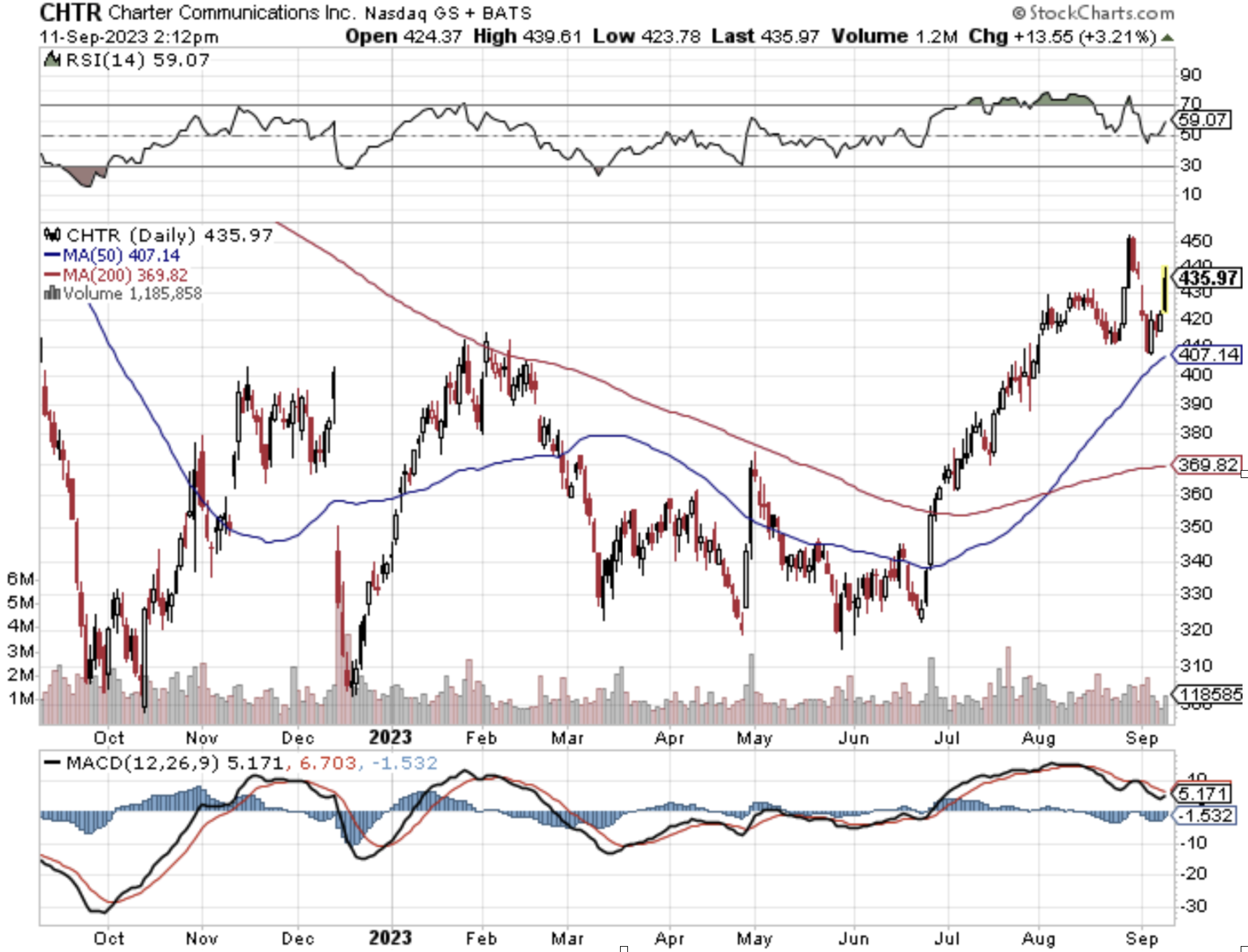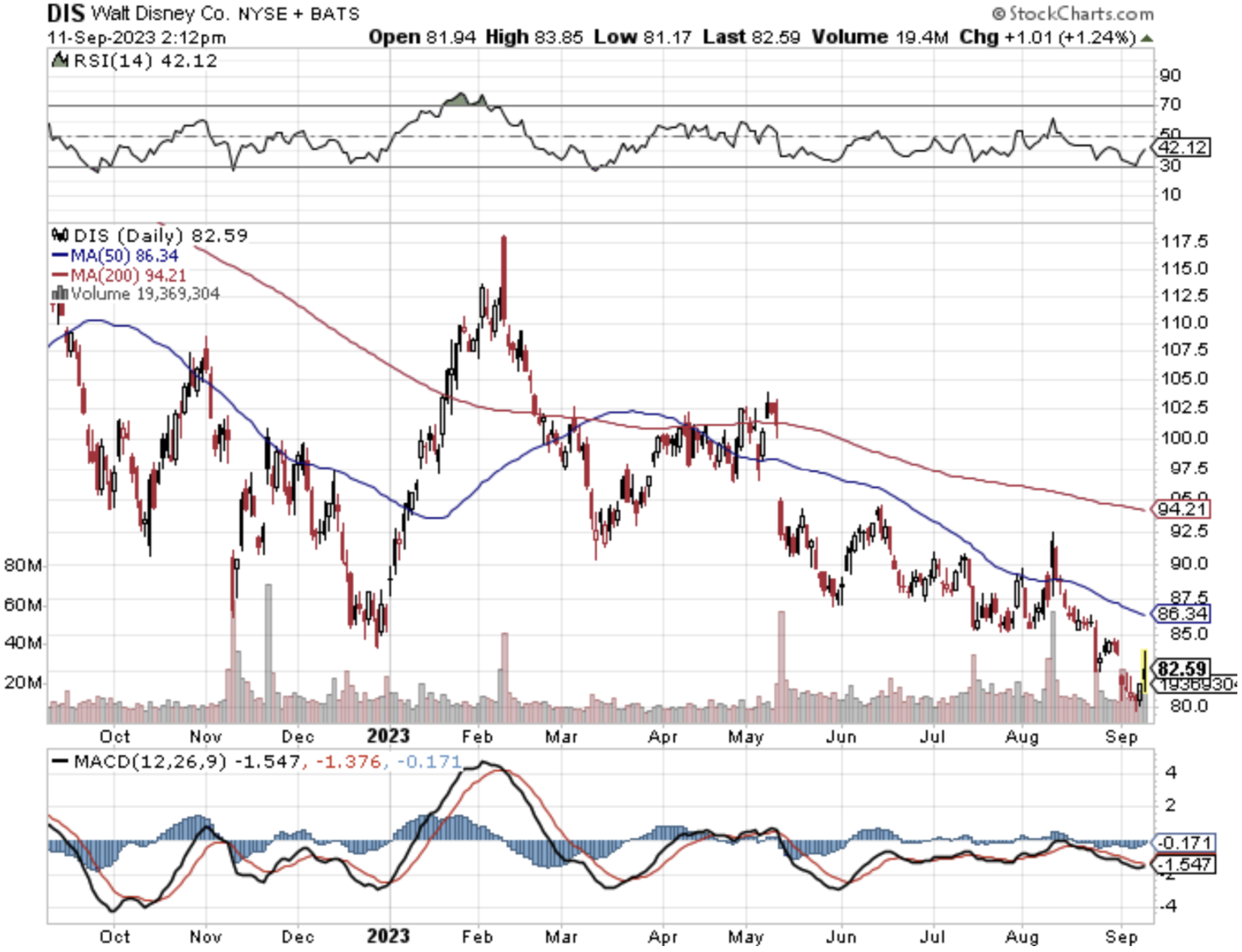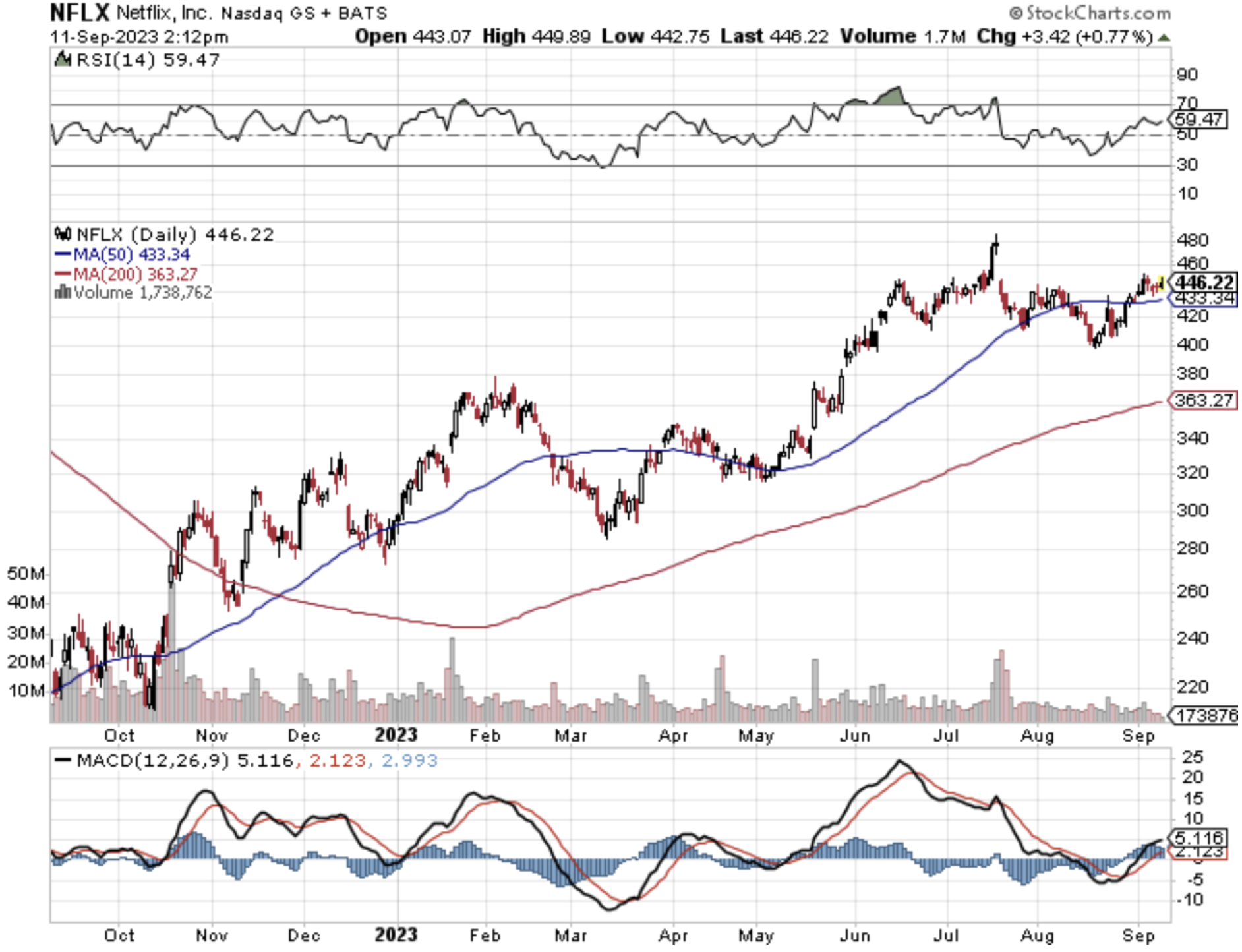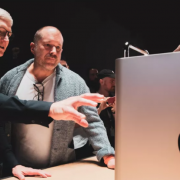Negotiations between Spectrum’s parent company, Charter Communications (CHTR), and Walt Disney (DIS) finally got over the impasse and they struck a deal.
No deal for both would have been catastrophic for both.
Disney faced the potential loss of 14.7 million Charter pay TV subscribers, or 20% of ESPN's current linear subscriber base of 74 million.
That equates to linear revenue losses of roughly $5 billion, or 6% of overall revenue.
Cord-cutting has been occurring at a brisk pace in the last few years, but the lack of solidarity among the legacy media negotiators appears to turn the trickle into a breaking of the dam.
What am I talking about?
Disney decided to go nuclear by removing its channels from the cable provider. Charter (CHTR) proposed that Disney (DIS) offer its customers free access to Disney’s streaming services, especially ESPN; Disney rebuffed the offer, but CHTR finally agreed to add Disney+ Basic ad-supported offering being provided to Charter customers who purchase the Spectrum TV Select package at no additional cost, "as part of a wholesale arrangement."
This is really the beginning of the end for legacy media and this melee could trigger a swift bout of consolidation as disagreements become the norm and not the outlier.
It’s no surprise the cost of creating content is going up and these channels like DIS feel they can just pass the costs
Remember that many people pay for cable just to watch college football and the NFL.
Roughly 25% of Charter’s clients engage with Disney content, Charter said on a call last week.
DirecTV is also embroiled in its own content squabble with local broadcast network Nexstar (NXST), which recently pulled over 200 stations in more than 100 metro areas from DirecTV’s network over a similar price dispute.
While the cable TV business has been declining for years, there’s concern this is the last hurrah.
Down the road, the winners out of all of this may be internet TV operators, including YouTube TV, Hulu TV, FuboTV, and Dish’s DISH’s (DISH) Sling. Some of these have been gaining steady traction even before negotiations soured, with Hulu’s web traffic up 7.2% year-over-year in July and Sling’s traffic up 11.8%.
Web traffic may pick up as consumers look for ways to watch their regularly scheduled programming. Online search interest in five major live TV streaming services picked up Sept. 1 when news of Disney’s blackout became public, according to Google Trends data.
I believe that online momentum will translate to a long-term subscriber bump for these companies.
CEO of CHTR Christopher Winfrey and CEO of DIS had to make this deal.
The ongoing chaos in the legacy media markets signals that cord-cutting will supplant the legacy markets within the next 10 years.
Baby Boomers are the last stalwarts of the legacy media market and they are retiring in droves.
Netflix (NFLX) is another streamer that is in line to pick up some of the demand for streaming content.
With high rates, the era of excesses is rearing its ugly head.
Platforms are being careful with the type of agreements they make as less quality content is facing a bleak future.
Live professional sports are lynchpin to why many consumers don’t quit cable.
I believe the next contract cycle will see many pro sports leagues go all streaming much like the American soccer league MLS did with Apple TV.
When pro sports migrate 100% into digital, expect to be outsized winners and losers while distributors like SlingTV should sink like a rock.





